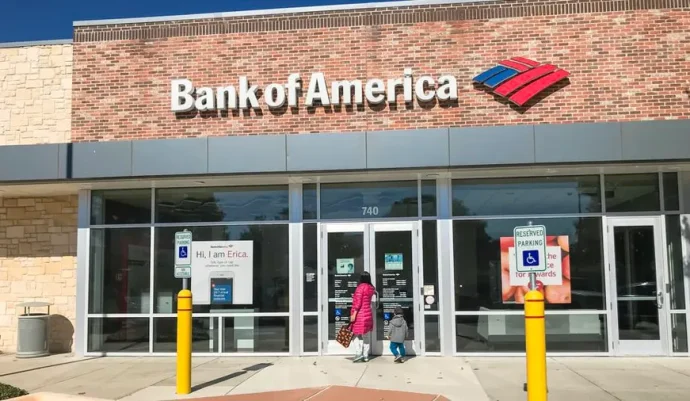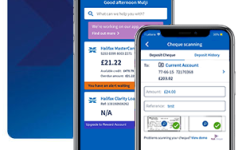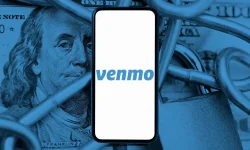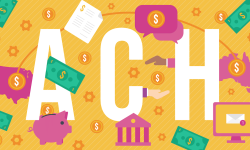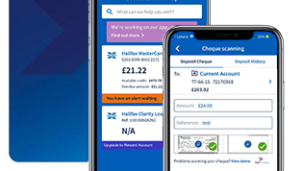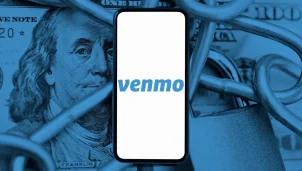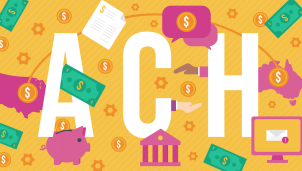International money transfers have become a regular occurrence for individuals and businesses. Whether you are an expatriate sending funds back home or a US resident receiving money from overseas, understanding the Bank of America SWIFT/BIC codes is essential. This article aims to provide comprehensive information on how these codes work and their significance in facilitating secure and efficient cross-border transactions.
Understanding Bank of America SWIFT/BIC Codes for Online Money Transfers
Bank of America is a renowned financial institution that offers various banking services, including online money transfers. When you need to send or receive money internationally, it’s essential to understand the concept of SWIFT/BIC codes and how they relate to Bank of America.
What are SWIFT/BIC Codes?
Bank of America SWIFT (Society for Worldwide Interbank Financial Telecommunication) codes, also known as BIC (Business Identifier Code), are unique identification numbers assigned to banks globally. These codes facilitate secure and efficient international transactions by identifying specific banks during bank of America wire transfer processes.
Bank of America SWIFT Code
The bank of America SWIFT code is BOFAUS3NXXX. This 11-character alphanumeric code uniquely identifies the bank and its branches in various countries worldwide. It consists of four parts:
- The first four characters represent the bank code (bofa SWIFT code).
- The next two characters indicate the country where the branch is located (the US indicates the United States).
- The following two characters signify the location-specific identifier.
- The last four digits denote an optional branch code or head office designation.
- If XXX appears in this position, it means that no specific information about a particular branch has been provided or requested.
How Does It Work?
“I’m overseas, sending money to the US”
When transferring funds from abroad into your Bank of America account in the United States, it is crucial to be aware of the correct Bank of America SWIFT code that corresponds with your specific transaction requirements.
For incoming Bank of America wire transfer process made using foreign currency denominations, you should use BOFAUS6SXXX as the Bank of America SWIFT code. Swift codes serve as unique identifiers for financial institutions worldwide; they ensure accurate routing and enable seamless processing across different banks involved in the transfer process.
“I’m in the US, receiving money from overseas”
As a recipient located within The United States who expects an international Bank of America wire transfer sent directly into your bank account at Bank of America, it is necessary to provide detailed instructions regarding this transaction.
The appropriate Bank of America BIC code (Bank Identifier Code) or SWIFT number depends on whether you will receive funds denominated in U.S. dollars or another currency.
- For incoming wires specifically designated in USD ($), make sure requesters utilize BOFAUS3NXXX when providing details about their payment method.
- In contrast, if you expect someone abroad to send foreign currency directly into your U.S-based account at Bank of America promptly through an international wire transfer service such as Western Union or Xoom®, then please instruct them accordingly by sharing BOFAUS6SXXX – which serves as both Bank of America BIC code/SWIFT code identifying this institution accurately.
“I’d like more information about Bank of America SWIFT/BIC Codes”
SWIFT number bank of America plays a pivotal role in facilitating international wire transfers, ensuring accuracy, security, and efficiency throughout the process. If you seek further insights into these codes or have additional questions regarding their usage:
- Online banking services: Bank of America offers online banking services that allow customers to conveniently manage their accounts remotely. This includes initiating wire transfer requests using the correct bank of America SWIFT code for each transaction.
- Exchange rates and fees: When sending money internationally via Bank of America, it is essential to consider exchange rates and any associated fees applicable during currency conversion. These details can be obtained from your local branch or by accessing the bank’s website.
- Cash transfers: While electronic transfers are generally preferred due to speed and convenience, cash-based transactions may also be possible depending on specific circumstances discussed with your local branch representative.
- Debit cards and virtual checking accounts: For individuals seeking alternative methods for regularly receiving funds from overseas, exploring options such as virtual checking accounts linked to debit cards could provide added flexibility when managing incoming payments efficiently.
Common Mistakes to Avoid When Using SWIFT Codes
SWIFT codes, also known as Bank Identifier Codes (BIC), are essential for international financial transactions. They help identify specific banks and ensure that funds are transferred securely across borders. However, many individuals and businesses make common mistakes when using SWIFT codes, leading to delays in payments or even loss of funds.
- Incorrectly entering the code: One of the most prevalent errors is mistyping or misremembering the bank of America SWIFT code while initiating a transaction. It is crucial to double-check the code provided by your recipient’s bank before making any payment. Even a small mistake can result in significant complications and delays.
- Not updating outdated codes: Banks occasionally update their SWIFT codes due to mergers, acquisitions, or reorganizations within their institution. Failing to use an updated code may lead to failed transactions or returned payments altogether since they might be sent to an incorrect account holder.
- Ignoring intermediary bank requirements: If you’re sending money internationally through multiple banks involved in routing your payment (intermediary banks), it is important not only to provide correct beneficiary details but also to include accurate information about intermediary institutions if required by your own bank instructions explicitly.
- Misunderstanding purpose-specific codes: Some countries require additional purpose-specific codes along with primary identification such as National ID numbers or tax registration numbers for certain types of transfers like salary disbursements – being unaware of these requirements could mean processing issues at either end.
- Not verifying recipient details thoroughly: Apart from ensuring you have accurately entered all relevant data fields associated with Swift transfer – it’s just as vital to confirm that those belong to correctly associated accounts, too.
Avoiding these mistakes will save both time and money during international fund transfers via Swift network; however, always consider each instruction on a case-by-case basis, bearing in mind country-specific regulations and best practice guidelines set out by local regulatory authorities, especially if there is a significant volume of or value involved.
Using SWIFT/BIC code bank of America correctly is crucial for international financial transactions to be successful. Take the time to verify and update the code, provide accurate information about intermediary banks if required, understand purpose-specific codes in certain countries, and thoroughly confirm recipient details before initiating any transfer. By avoiding these common mistakes when using SWIFT/BIC code bank of America, individuals and businesses can ensure seamless global transactions without any unnecessary delays or complications.
Ensuring Your Safety: Best Practices for Using SWIFT Codes from Bank of America
Using the SWIFT number bank of America is a convenient and secure way to conduct international transactions. However, it’s essential to take certain precautions to ensure your safety when using these codes. By following best practices, you can protect yourself against potential fraud or errors that may occur during the transfer process.
- Verify accuracy: Double-checking the accuracy of both sender and recipient SWIFT codes is crucial before initiating any transaction. A minor mistake in entering either code could result in funds being sent incorrectly or not reaching their intended destination at all.
- Contact official channels: If you have any doubts about the authenticity or correctness of a given SWIFT code, reach out directly to official representatives at Bank of America through verified contact channels such as their website or customer service hotline. Never rely solely on information obtained from third-party sources without verifying with an authorized representative first.
- Beware of phishing attempts: Be cautious if you receive unsolicited emails requesting personal financial information, including your SWIFT number bank of America details linked to your Bank of America account(s). These phishing attempts aim to deceive users into divulging sensitive data that criminals can use illicitly.
- Protect personal information online: Always exercise caution while sharing personal banking details online – never disclose confidential information like passwords and PINs over unsecured networks or via email communication.
By adhering strictly to these guidelines, customers can confidently utilize SWIFT codes bank of America associated with their Bank of America accounts while minimizing risks related to cybercrime and unauthorized access.
Wrapping Up
Understanding Bank of America’s SWIFT code bank of America is vital when engaging in cross-border financial transactions involving this institution. By correctly utilizing these unique identifiers within international wire transfer instructions – whether you are sending money abroad or receiving funds in the US – you ensure seamless processing while minimizing potential errors along the way (by the way, cash advance apps can help as well).
For personalized advice tailored specifically to your situation, we recommend consulting with a financial advisor at your nearest Bank of America branch who can offer expert guidance based on current regulations and best practices.

